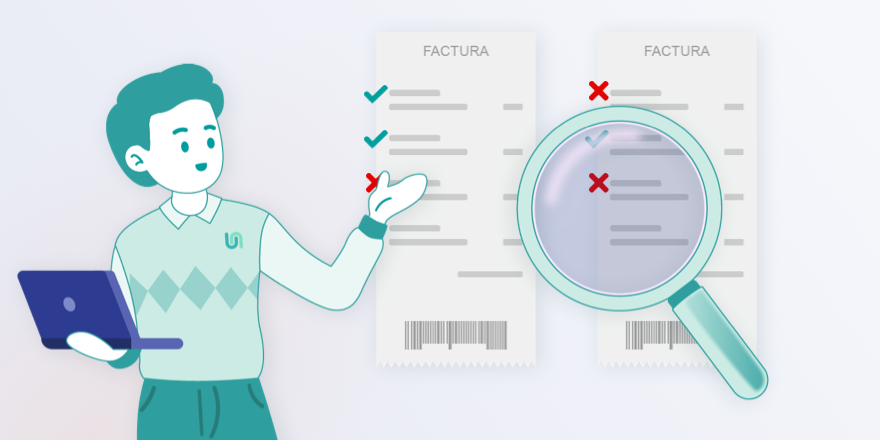
Do You Understand Your Cloud Bill?
Do You Understand Your Cloud Bill?
Hiring cloud services on a budget and finding out over time that the budget you set doesn't match the bill is more common than you'd think. Understanding a cloud bill is not easy task but there's always a solution!

Understanding bills has never been exactly a simple task. Just as a quick example, the electricity bill is something we accept but that most of us don't bother understanding in depth just to save us the headache. However, according to the service, it is convenient to keep concepts clear and learn how to read in detail the bill to have everything under tight control.
We discussed the example of the electricity bill just to mention something from our daily lives we could compare it to, but have you ever taken the time to really analyze in detail your cloud bill? Or on the contrary you stick to paying it with no idea of what it says? It wouldn't be the first time a user pays their cloud bills trusting they're paying for what they need, paying no attention to what they really hired and whether that is really what they think they're paying for.
The AWS bill is an example of those documents we just don't take the time to read and that we execute just because, but do we actually understand it? Let's see it in detail, but for that we'll have the help of our technicians at Uniway!
What's there in my AWS cloud bill?
The first thing we find on our bill is the total amount to be paid; an amount represented both in dollars as well as euros (for those countries that have that currency). Next it offers a Summary both of the service as well as the payment and finally, the breakdawn of the services you hired under the Details section. At that point we find that everything is separated to bits and pieces into small services or even micro services such as: network, CPU, memory, service quality, GB, disk, etc.
A key point to absolutely keep in mind when it comes to hiring AWS Cloud services is that the price changes according to the region, so you must carefully check you selected the right one.
It wouldn't be the first time a user pays their cloud bills trusting they're paying for what they need, paying no attention to what they really hired and whether that is really what they they're paying for
What issues may be entailed by not having your bill under control?
The main problem of not keeping your Cloud environment bill under control is thinking that everything is under control.
Most of the services offered by a provider tend to be pay-as-you-go and do not entail a fixed fee. The simplicity with which a public provider allows automatically hiring a service makes us sometimes to not be aware of us hiring anything. In other situations it is very likely you're not clear about what you hired, what the metric for service billing is or whether the service quality is the desired one…
You only realize something's wrong... when you receive a wildly unreasonable bill that can make a project unfeasible.

Configure your Cloud Provider Bill Analysis
We verify that the resources you pay for adjust to what you wanted to hire.
Here's how a cloud provider bill analysis works at Uniway
From one or several of your cloud provider bills, as well as the details of the service you hired, cloud engineers at Uniway will study your case to check the content and detect possible incongruencies or improvements.
1. In the face of doubts with your cloud bill, we help you with our Analysis service. In the face of doubts, solutions!
2. We get started! No identifying data, just upload a PDF of your bill and the details of the service you hired.
3. The system verifies the documentation received and proceeds to analyze it.
4. Next, a detailed report is generated that is then delivered to the client.
5. There is also the possibility of doing an online meeting with our analysis technicians to clear out any possible doubts.
6. Satisfied? In that case, Uniway proceeds to deem the service completed.
Real use case
These might interest you...





